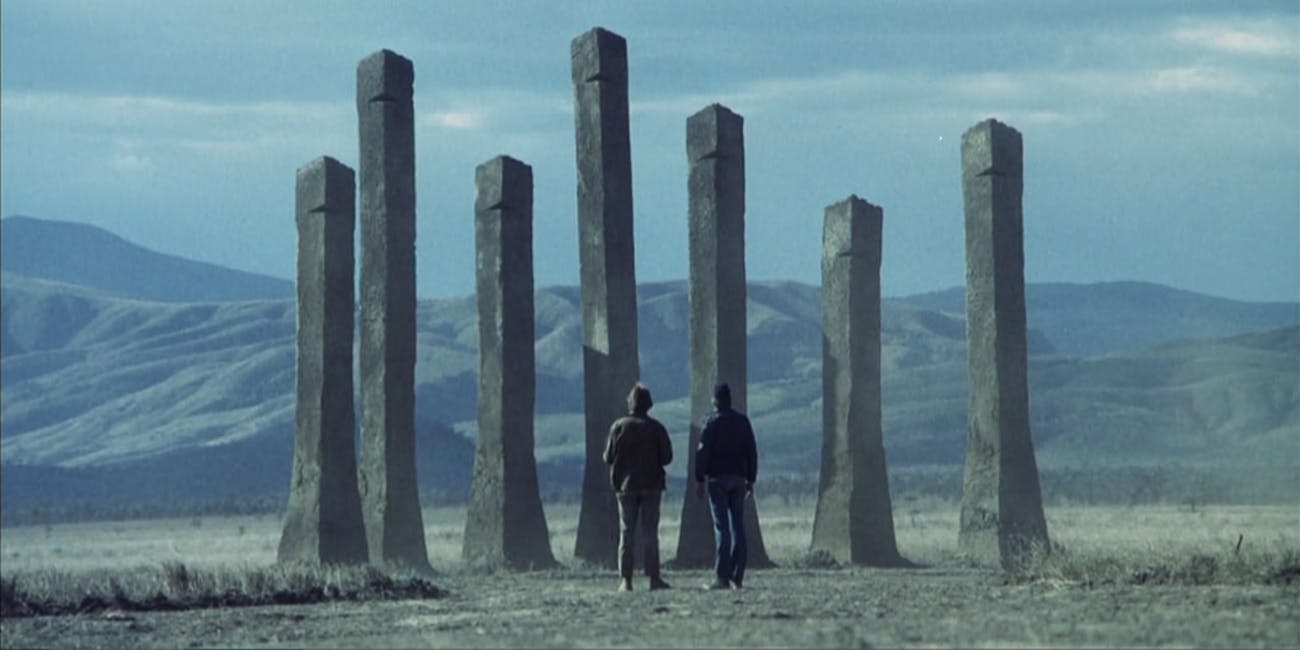One of the big draws of the TCM Classic Film Festival is the presence of all kinds of luminaries, both of the silver screen and of the channel itself (swoon, Ben Mankiewicz). Another draw is the presentation of freshly restored old classics, and this year the festival hosted the US premiere of a brand new 4K scrubbing-up of Jean Renoir’s La Grande Illusion (1937). This was introduced by Le Mank in conversation with veteran actor Norman Lloyd, not especially well known himself, despite being an original member of Welles’s Mercury Theater, and turning up in Limelight, Dead Poets Society, Losey’s M and Saboteur and Spellbound for Hitchcock. More to the point, he played support in Renoir’s The Southerner (1945), and he and his wife became very close friends with Jean and Dido during their stay in Hollywood.
Lloyd related some amusing anecdotes (Ben was very taken with his dropping Brecht and Toulouse-Lautrec into the conversation), but most significantly he emphasized how Renoir always said he had set out with La Grande Illusion to make an adventure film, but that on settling down to edit it, found that something far more universal had emerged.  For sure, the co-written script foretells the democratization of old Europe’s class system after World War I, its past, present and future conjured by Pierre Fresnay and Erich von Stroheim as no-one else could have done; but the highly generous humanism, and celebration of liberty, equality and brotherhood, is purest Renoir.
For sure, the co-written script foretells the democratization of old Europe’s class system after World War I, its past, present and future conjured by Pierre Fresnay and Erich von Stroheim as no-one else could have done; but the highly generous humanism, and celebration of liberty, equality and brotherhood, is purest Renoir.
There’s no particular need to reiterate the film’s perfection, Renoir’s supremely elegant direction, nor the performances of a stellar cast. Characters are both finely sketched as individuals, and function as unbelaboured representatives of social and racial divides. The film carries one along on a wave of optimism and feeling for one’s fellows such that it is possible truly to believe it merely a great illusion that there can be any fundamental difference between men.
I was struck at this screening by something to which I’d paid little attention before. Many scenes conclude with a quick blurring out of focus, as though by a kind of camera error, or the tail-end of a shot that one might expect to be trimmed. In other places, close-ups are noticeably softened more than glamour normally requires, or the focus runs out of synch with camera or character movement.  This is not especially uncommon (I’d just watched Welles’s Macbeth a couple of days before, which displays an abundance of these aberrations) and my instinct is that it was particularly prevalent in those poetic French movies of the ‘30s. It’s the sort of thing one simply ignores in older cinema, like other outdated peccadilloes such as sudden shifts to glamour lighting and softness of tone, or too much make-up on the men. It is an element unconsciously rendered invisible, as was usually the intention, one supposes. The effect is also somewhat unconscious, therefore: a tension is set up between the illusion of reality before the camera, and awareness of the filming process.
This is not especially uncommon (I’d just watched Welles’s Macbeth a couple of days before, which displays an abundance of these aberrations) and my instinct is that it was particularly prevalent in those poetic French movies of the ‘30s. It’s the sort of thing one simply ignores in older cinema, like other outdated peccadilloes such as sudden shifts to glamour lighting and softness of tone, or too much make-up on the men. It is an element unconsciously rendered invisible, as was usually the intention, one supposes. The effect is also somewhat unconscious, therefore: a tension is set up between the illusion of reality before the camera, and awareness of the filming process.
The French style of playing at this period can be described as a sort of heightened naturalism. A delightful air of the Comédie-Française hangs about. Julien Carett in particular is constantly playing up, and even Gabin’s habitual lack of affectedness is a visible effect in itself. The reminder of a presence behind the camera is of a piece with this slight artificiality, but rather than augment, it negates: the reminder of documentary procedure actually suggests a sheen of verisimilitude, the feeling being that such “mistakes” have no place in a fiction.

